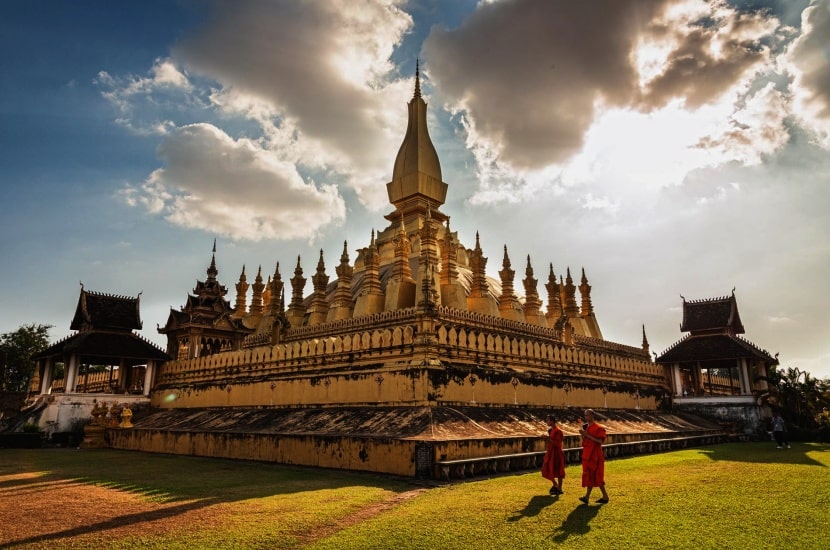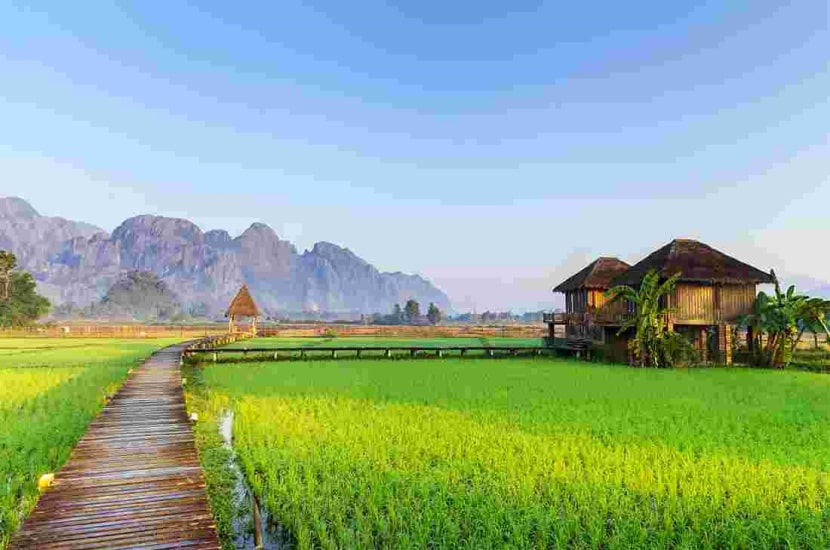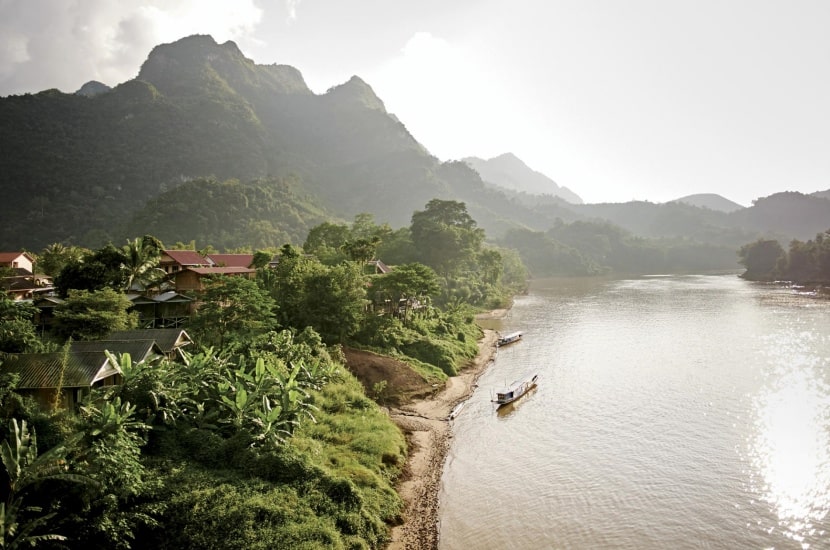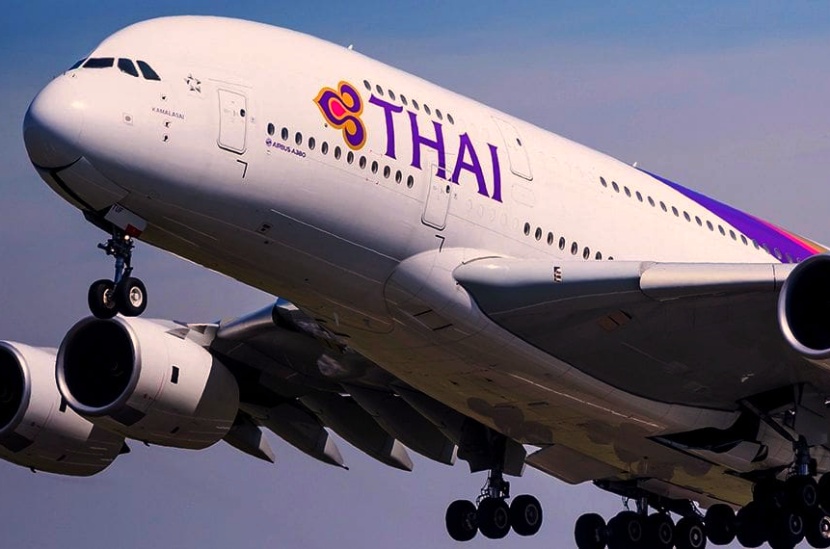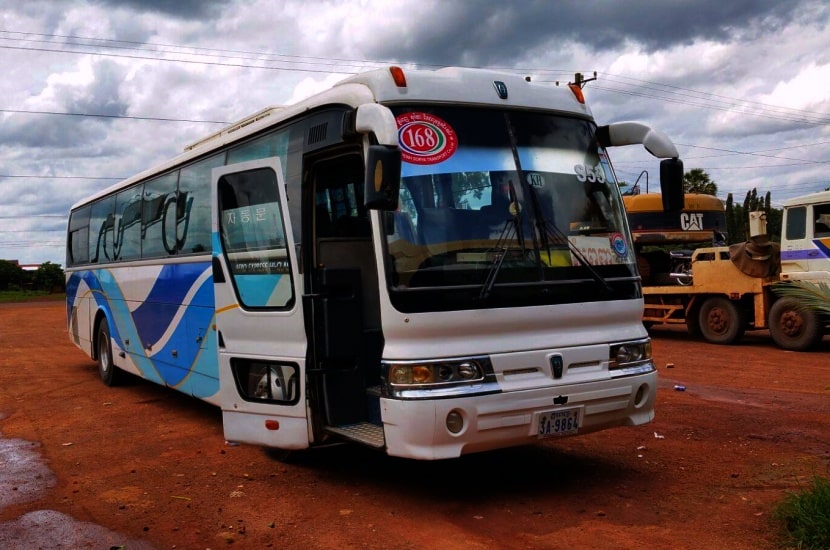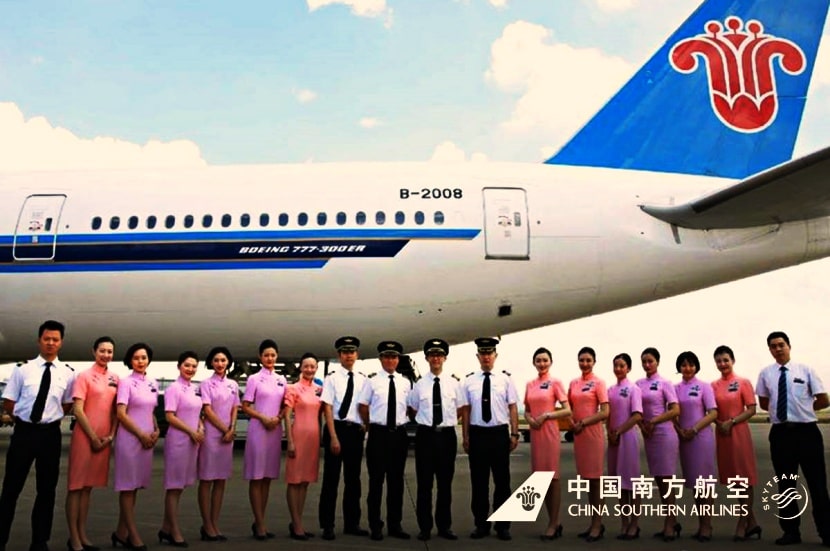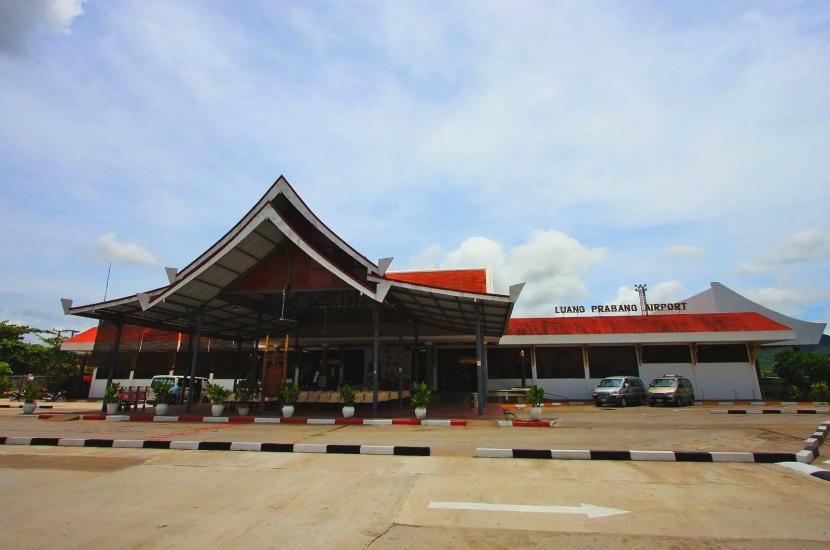From Vietnam, you can get to Laos by 02 International airports and 08 International border crossings. Check the below map to see the location these places.
By flight
From Vietnam to Vientiane
There are 2 airports in Vietnam that have the flight to Vientiane
From Hanoi, you have the option with Vietnam Airlines and Laos Airlines. The flight takes about 1 hour and costs $100-140/ticket.
From Ho Chi Minh, Vietnam Airlines offers the daily flight to Vientiane, transiting in Phnom Penh (Cambodia), which will take about 3:30 minutes (including transiting time), and cost $150-180/ticket.
There is also the option with Laos Airlines transiting in Pakse, but it is not the daily flight (about 3 flight per week during the high season). Please check the flight schedule again if you want to take the flight with Laos Airlines
From Vietnam to Luang Prabang
Though the tourist hub of Laos, there is not many flights from Vietnam to Luang Prabang. There is at least one direct flight from Hanoi, which operates by both Vietnam Airlines in Laos Airlines. The flight will take about 1 hour and cost $135-150/ticket.
If you depart from other cities in Vietnam, you need to take the transit flight in Hanoi or Vientiane.
From Vietnam to Pakse
There is even less choice of flight from Vietnam to Pakse. At the moment, there are about 3 flights per week operating by Laos Airlines. However, during the off season, Laos Airlines also stops this route as the low occupancy.
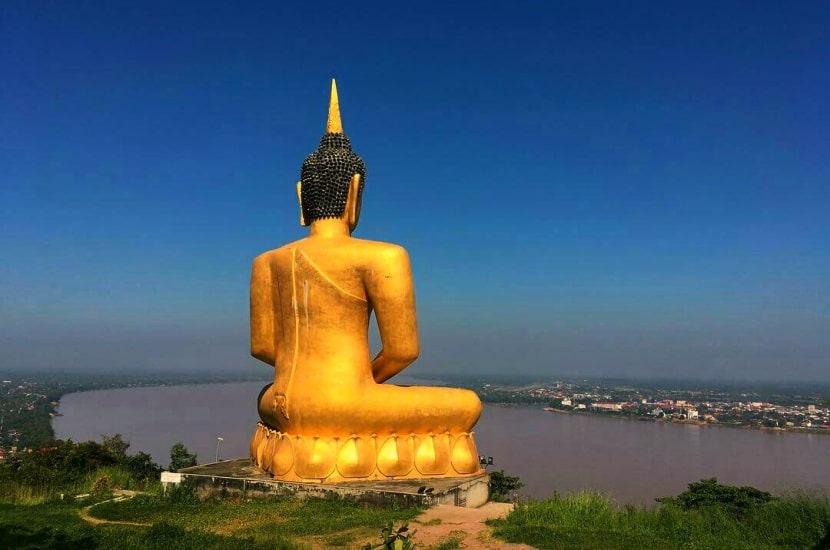
By bus
As Vietnam shares the longest border with Laos, there are several entry/exit points between the two countries. Laos-Vietnam bus service connects many cities/towns in the Laos and Vietnam crossing borders to/from several provinces. In general, there are 8 borders that have bus connecting Vietnam and Laos including Tay Trang, Nameo, Namkan, Cau Treo, Chalo, Lao Bao, Lalay, and Bo Y.
Check below for more detailed information about these above borders, from north to south.
1. Tay Trang / Sop Houn (Google Maps)
This border locates on the most northern part of the two countries hence it is suitable for the tourists who want to connect northern Laos (Nong Khiaw, Muang Ngoi, Muang La, Luang Namtha, Muang Sing, or Phongsaly) with northern Vietnam (Dien Bien, Tay Trang, Son La, Lai Chau, Sapa, Ha Giang, Yen Bai, Cao Bang, or Bac Kan). The route offers the most authentic parts of the two countries with evergreen nature beauties and colorful hill tribe people.
2. Na Meo / Nam Xoi (Google Maps)
This border connects Samneua province in Laos and Thanh Hoa province in Vietnam. Both 2 sides offer the very beautiful nature beauties and especially the serene countryside of Vietnam.
In Laos side, you can visit the famous Viengxai caves, and the wild Nam Et-Phoulouey NPA.
Arriving in Vietnam, it is the amazing Pu Luong Nature Reserve, Pu Hua Nature Reserve, and the colorful province of Hoa Binh, home to Hmong tribe people.
3. Nam Can / Nong Het (Google Maps)
This border crossing is more popular for local people. Tourists rarely use this border to connect the 2 countries. But if you do, this is the nearest border to go from Phonsavan (home to the mysterious plains of jars) to Nghe An (hometown of the great Uncle Ho of Vietnam)
4. Cau Treo / Nam Phao (Google Maps)
This is the most popular border crossing if you want to take the bus from Vientiane to northern part of Vietnam (Nghe An, Thanh Hoa, Ninh Binh, and Hanoi)
In Laos side, you have chance to visit Konglor cave, which is one of the most interesting caves in Laos locating inside the Phu Hin Bun National Park, which is the part of the famous Thakhek Loop.
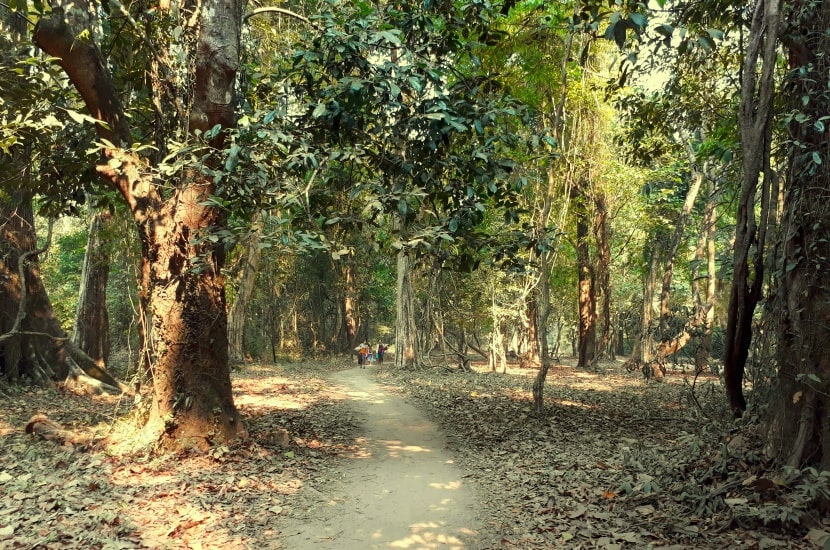
5. Chalo / Naphao (Google Maps)
This border is not popular among the tourists visiting the two countries, but it is the very interesting and promising one.
In Laos side, it is the unexplored part of the country with series of complex caves system (said to be the longest). However, the poor basic infrastructure has been discouraging any further exploration.
In Vietnam side, it is the Phong Nha Ke Bang National Park of Vietnam, which is long famous for the Phong Nha cave, and the newly discovered Son Doong cave.
6. Lao Bao / Dansavan (Google Maps)
This is the border crossing for the ones travelling from Laos to central Vietnam (Hue, Danang, Hoi An), which has some of the most beautiful beaches in Vietnam (even the world).
In Laos side, the tourism does not touch this part at all. It is again because of the poor basic infrastructure. Moreover, some parts of the area are not opened to tourists yet (the part of Ho Chi Minh Trail in Laos), which attracts many curious eyes from all over the world.
7. La Lay / Lalay (Google Maps)
This newly opened border crossing is the convenient way for the tourists who want to connect between central Vietnam (Hue, Danang, Hoi An) and southern Laos (Bolaven Plateau, Pakse, Wat Phou, Champasak, 4000 Islands)
Notice: You cannot apply for Visa on arrival to Laos via this border as there is not enough equipment. Hence, please get your Lao visa ready before getting on the bus.
8. Bo Y / Phoukeua (Google Maps)
This border connects southern Laos (Bolaven Plateau, Pakse, Wat Phou, Champasak, 4000 Islands) with the central highland of Vietnam (Gia Lai, Kontum, or Pleiku), that is the most colorful part of the country. The area is like a different country in the country of Vietnam with quite unique history, culture, and religions, that promises the endless exploration.





